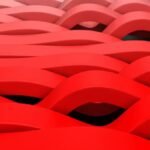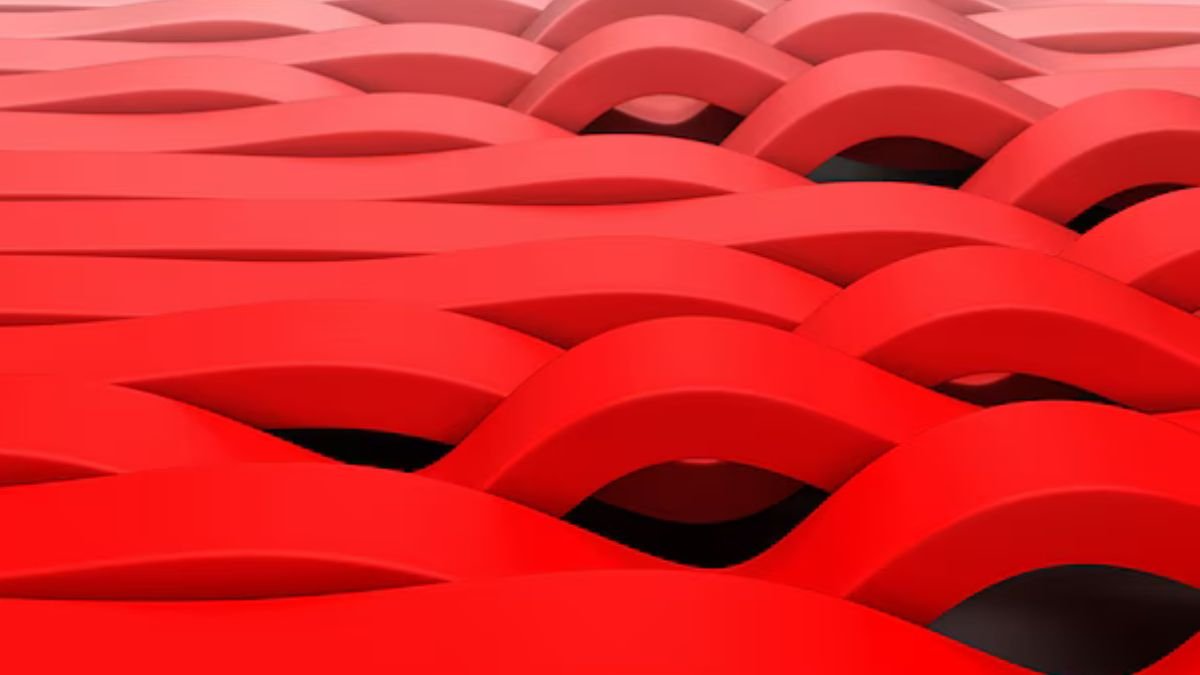Introduction to 1.5f8-p1uzt Texture
The 1.5f8-p1uzt texture is a unique and intriguing structure that holds significant relevance across various fields. Defined primarily by its distinctive geometric patterns and surface characteristics, this texture emerges in contexts such as material science, software development, and various engineering applications. Its significance lies in the unique properties it imparts to materials; for instance, in engineering, the 1.5f8-p1uzt texture may enhance the durability and performance of components, thereby leading to more efficient designs.
This texture is often associated with innovative technologies, including advanced manufacturing processes and computational modeling techniques. In materials science, the study of 1.5f8-p1uzt texture enables researchers to explore its influence on material strength, flexibility, and aesthetic appeal. Additionally, its application in data visualization and user interface design showcases its versatility in crafting user experiences that are both functional and visually engaging.
<pthe 1.5f8-p1uzt=”” a=”” ability=”” aerospace=”” also=”” and=”” appearance.
Understanding the 1.5f8-p1uzt texture goes beyond mere academic curiosity; it acts as a bridge linking science and practical application. The ongoing research and exploration into this texture illuminate its potential to revolutionize numerous processes, providing a compelling reason for professionals in various fields to delve deeper into its intricacies and implications.
Applications of 1.5f8-p1uzt Texture
The unique properties of the 1.5f8-p1uzt texture have led to its widespread use across various fields, including technology, design, and material science. One of the most significant applications can be found in advanced materials engineering, where the texture enhances the mechanical properties of composite materials. By incorporating the 1.5f8-p1uzt texture into the matrix of polymers or metals, manufacturers can produce lighter yet stronger materials, which are critical in sectors such as aerospace and automotive. These enhanced materials not only improve performance but also contribute to fuel efficiency and reduced environmental impact.
In the realm of technology, the 1.5f8-p1uzt texture serves as a vital component in the development of electronic devices. Its unique surface characteristics allow for better heat dissipation in high-performance electronics, thereby increasing reliability and longevity. For instance, certain smartphone manufacturers have utilized the 1.5f8-p1uzt texture in heat sinks and chassis designs to manage thermal performance more effectively. This application highlights its potential in extending the life cycle of electronic components and improving overall user experience.
Additionally, the field of design has embraced the aesthetic qualities of the 1.5f8-p1uzt texture. Interior designers and architects often seek out materials exhibiting this texture for their visually striking qualities. The interplay of light and shadow created by the texture can elevate the design of spaces, adding depth and interest. Real-world applications can be found in modern office spaces and retail environments, where the 1.5f8-p1uzt texture contributes to both functional and aesthetic enhancements. The integration of this texture into furniture and wall coverings exemplifies how design innovation can utilize unique material properties to achieve specific visual and functional goals.
Comparative Analysis: 1.5f8-p1uzt Texture vs. Other Textures
The 1.5f8-p1uzt texture is a distinctive feature in its niche, offering a blend of attributes that set it apart from other common textures. To appreciate its value, it is essential to compare it against alternatives such as 2.3v9-k3qz and 1.1h4-n0xt textures, which are often used in similar contexts. One notable strength of the 1.5f8-p1uzt texture is its versatility; it adapts well to various applications, from digital design to material engineering, making it suitable for a wide range of projects. In contrast, the 2.3v9-k3qz texture is primarily favored for its robustness, though it may lack the flexibility offered by the 1.5f8-p1uzt texture.
When considering visual appeal, the 1.5f8-p1uzt texture excels in providing a rich, engaging look. Its intricate patterns create depth and dynamism, which can significantly enhance aesthetic value. Conversely, while the 1.1h4-n0xt texture is simpler and more uniform, it can sometimes appear bland, lacking the vibrant qualities of the 1.5f8-p1uzt texture. However, the straightforward nature of the 1.1h4-n0xt texture allows for easier integration in minimalist designs.
One of the challenges associated with the 1.5f8-p1uzt texture is the potential for complexity in implementation. This might require advanced techniques and expertise, potentially increasing project costs. In comparison, the 2.3v9-k3qz texture may provide a more straightforward application process, which could be beneficial for projects with time constraints. Ultimately, understanding the unique benefits and drawbacks of the 1.5f8-p1uzt texture compared to its counterparts empowers designers and engineers to make informed decisions tailored to their specific needs and objectives.
Future Directions and Innovations in 1.5f8-p1uzt Texture

The exploration of the 1.5f8-p1uzt texture holds significant promise as research in material science and technology continues to advance. Many experts predict that we are on the brink of several innovations and applications that could redefine how this unique texture is perceived and utilized in various sectors. As industries increasingly prioritize sustainability and efficiency, 1.5f8-p1uzt texture is positioned to play a vital role in addressing these concerns.
Ongoing research is pointing towards the integration of smart materials that incorporate 1.5f8-p1uzt texture features. This includes developing responsive surfaces that adapt to environmental changes, offering potential applications in home automation, wearables, and even healthcare. The versatility of this texture allows for its incorporation into different substrates, leading to innovations in touchscreens, clothing, and environmental sensors that enhance user interaction and functionality.
Moreover, the rise of 3D printing technology offers exciting possibilities for customizing 1.5f8-p1uzt texture in novel ways. Fabricating objects with varying degrees of texture not only brings a new level of personalization but also allows manufacturers to optimize material use, reducing waste in production processes. This shift to more sustainable manufacturing practices, guided by the characteristics of the 1.5f8-p1uzt texture, could lead to significant advancements in eco-friendly product design.
Trends indicate an increasing intersection between technology and artistry in the utilization of 1.5f8-p1uzt texture. Artists and designers are likely to experiment with this texture, exploring its visual and tactile aspects to create immersive experiences. This synergy can lead to innovative art installations and consumer products that captivate audiences while pushing the boundaries of conventional design.
As we look to the future, it is clear that continuous exploration of 1.5f8-p1uzt texture will inform its evolution, leading to substantial impact across various fields. The potential advancements in its use promise exciting developments that will shape not only industrial applications but also everyday experiences in our increasingly interconnected world.






